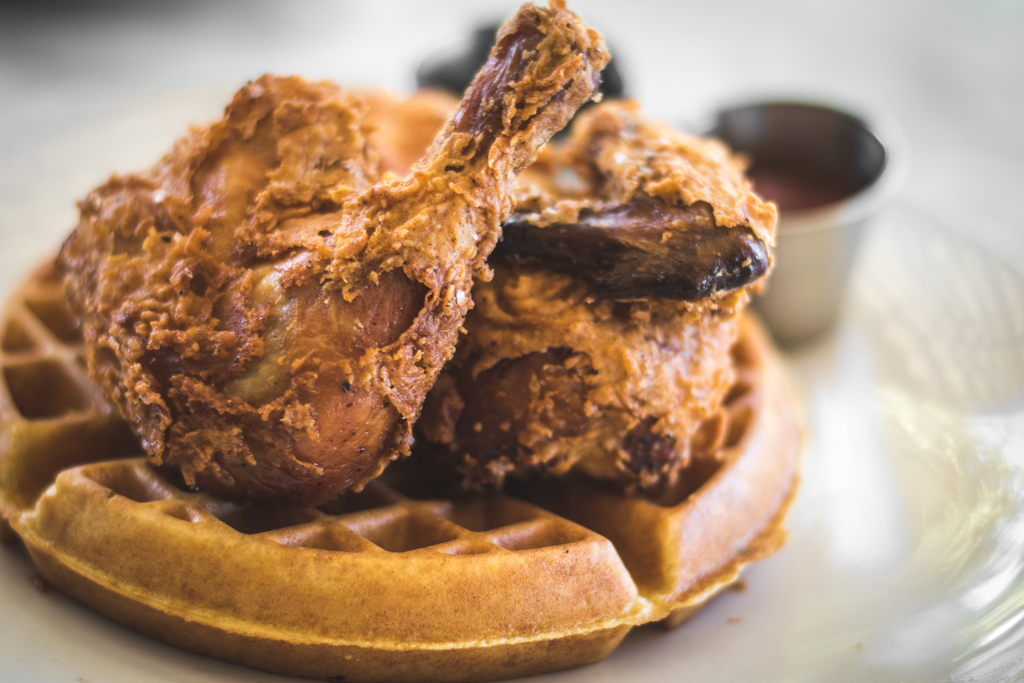
If your only consideration in using chili peppers is for the heat, you’ll be missing out on an entire world of flavor.
The Old World fruit includes countless cultivars with flavors that range from grassy to fruity to chocolaty and beyond. The skilled use of a diverse range of chili peppers is part of what makes Mexican cuisine stand out on a global stage.
With the many varieties of chili peppers available, the selection process can overwhelming. Start with these few general rules with regards to fresh peppers: the smaller the pepper, the hotter it is; green peppers will taste grassier, while red peppers will be sweeter and fruitier; both can be spicy.
For a first-timer, walking into a Mexican market’s spice aisle might feel a little like walking into an apothecary lair.
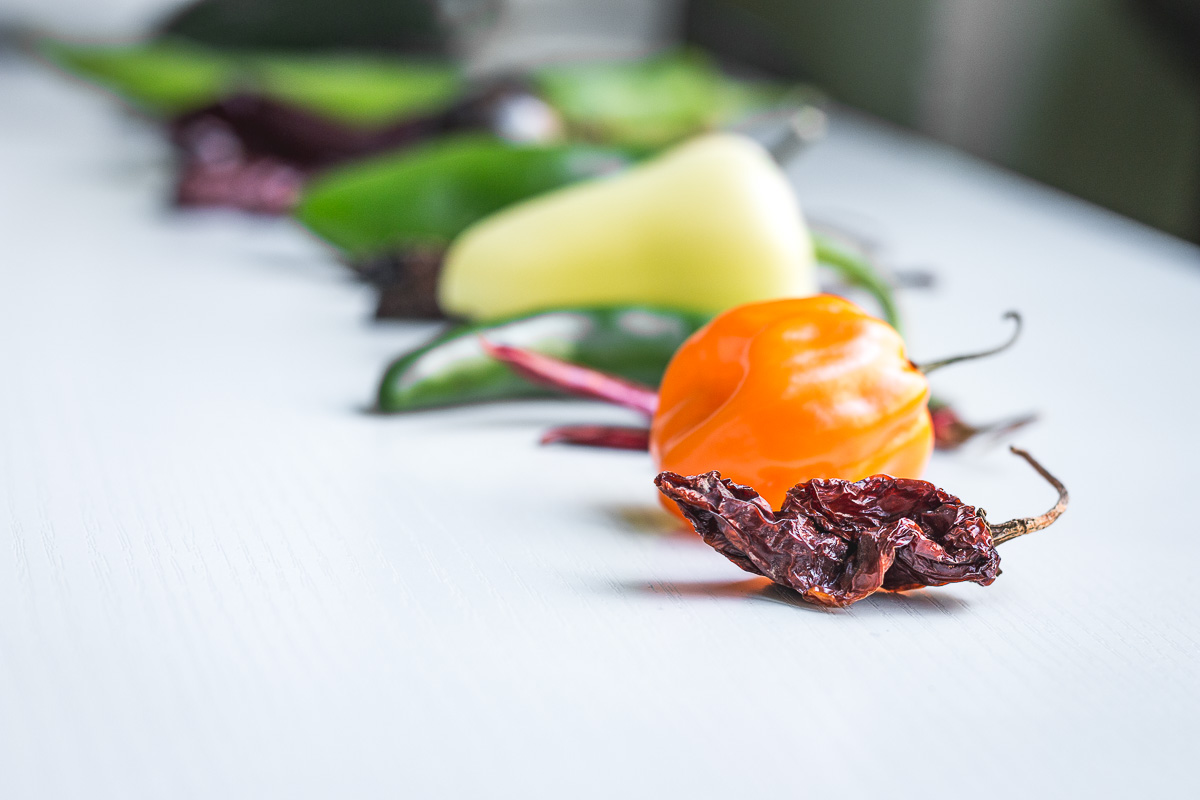
When buying fresh peppers, look for vibrant colors and tight skins. When choosing dried chili peppers, look for ones that are pliable like a raisin and don’t immediately snap; brittle peppers are old and have lost most of their aroma.
American grocery stores have a smaller selection of peppers. We’ve had the best luck with Food City at 1221 W. Irvington Rd.; this was where we purchased all the peppers for this article.
If you’re using peppers for a salsa, marinade, or soup, here are some starter tips.
For all of the peppers below we’ve included the fresh version and the dried version. If we were able to locate the actual pepper to purchase and photograph, it’ll be numbered, otherwise it’ll just be listed in the headline font in red.
For example, for the first pepper listed, Chilaca, we were not able to find a fresh version. At least, not in time for this article. But Pasilla peppers abound.
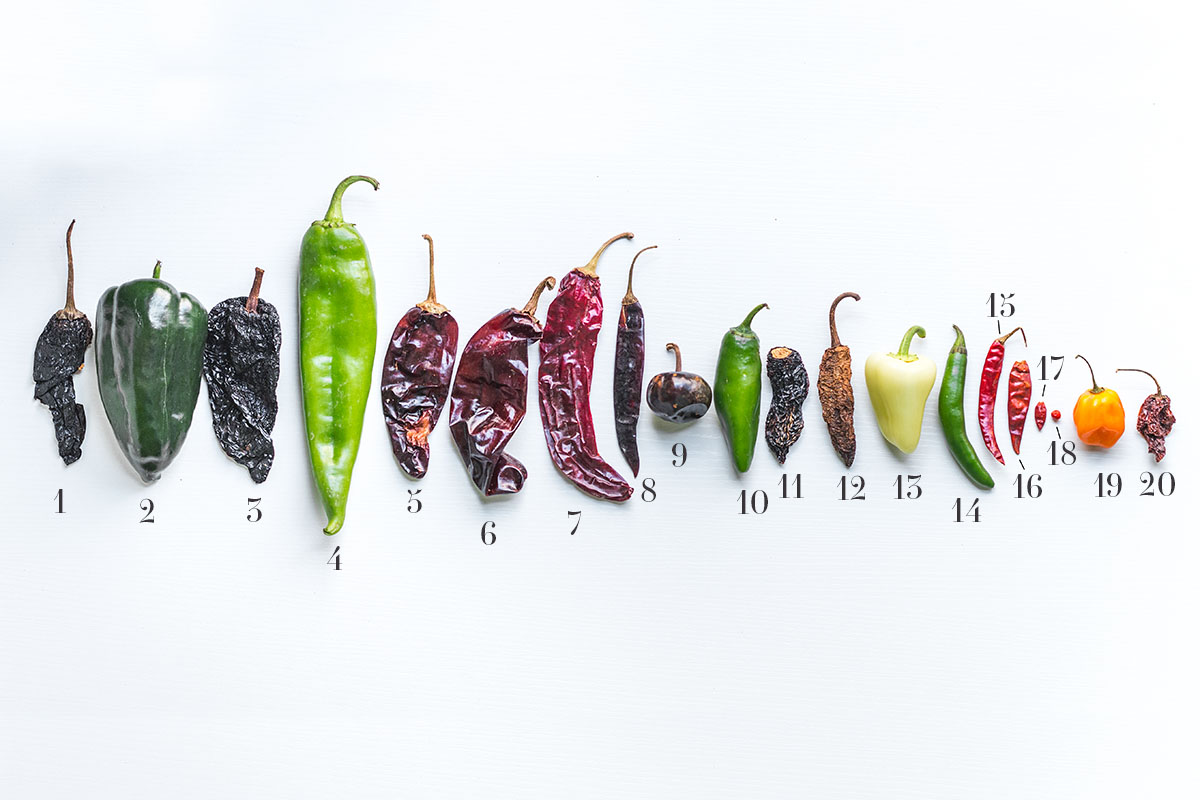
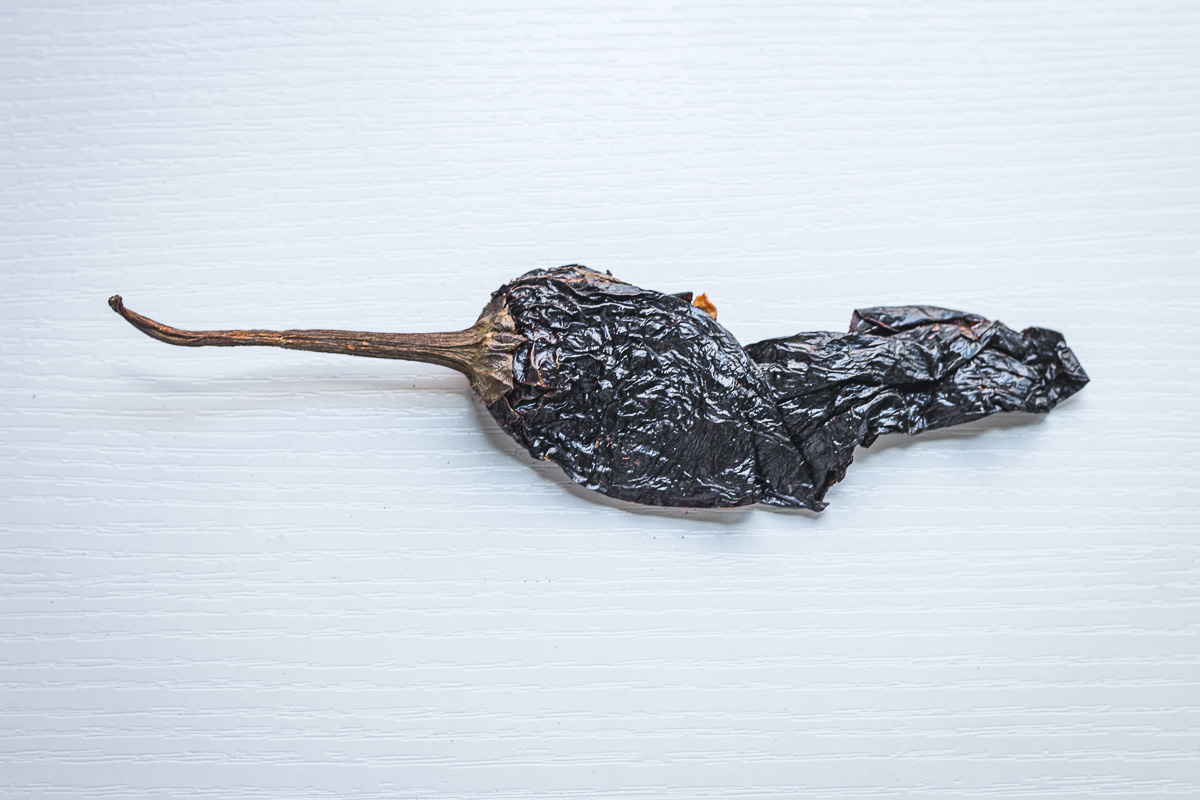
You might not be able to find the fresh chilaca in Tucson, but you’ll easily find the dried version as pasilla (pronounced pah-see-yah), negro (pronounced nay-grow), or pasilla-negro. The pasilla features a robust chocolate flavor with notes of dried hay, making it a staple in sauces such as mole negro.
To make things confusing, in the U.S., if you find a fresh green pepper labeled as a pasilla pepper, it’s actually a poblano pepper, described later in this list. If you see a recipe call for a pasilla pepper, then look for dried chile negro or pasilla-negro in Tucson.
Heat rating: 1,000 – 4,000 Scoville units, barely detectable heat
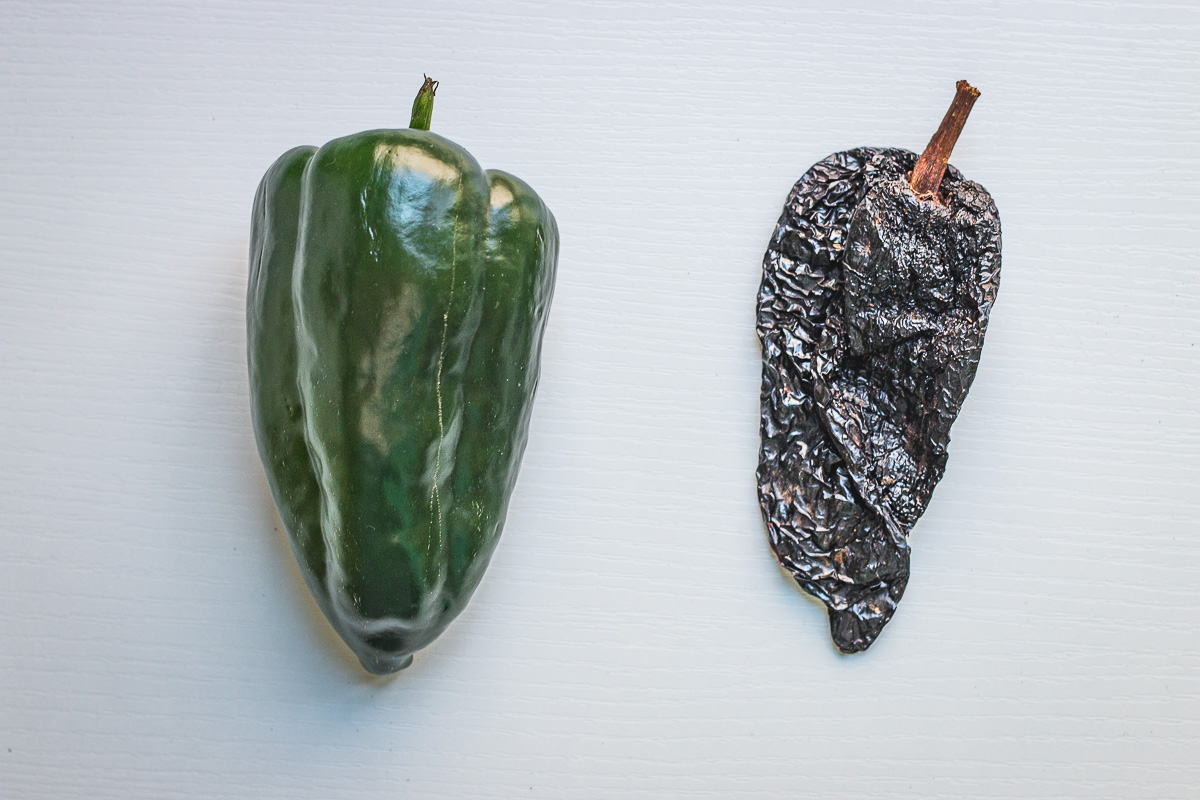
The large green poblano originated in the Mexican state of Puebla. The mild pepper is treated like a vegetable rather than a spice, similar to a bell pepper. The skin is tough, so it’s usually charred and peeled off. Since the seeds aren’t spicy, they’re also generally removed. The famous chile relleno features a poblano stuffed with meat.
When the poblano is dried, it becomes the wrinkly ancho or mulato, depending on the variety. The transformation in flavor is similar to when a grape becomes a raisin or a tomato becomes a sun-dried tomato; the sweetness and fruity characteristics are intensified. The mulato is slightly more intense with stronger notes of chocolate, cherry, and licorice.
However, in the U.S., you may find a fresh green poblano labeled as a pasilla pepper. It the pepper is fresh and green, assume it is a poblano rather than the dried pasilla described at the beginning of this article.
Heat rating: 500 – 3,000 Scoville units, barely a tickle on the tongue
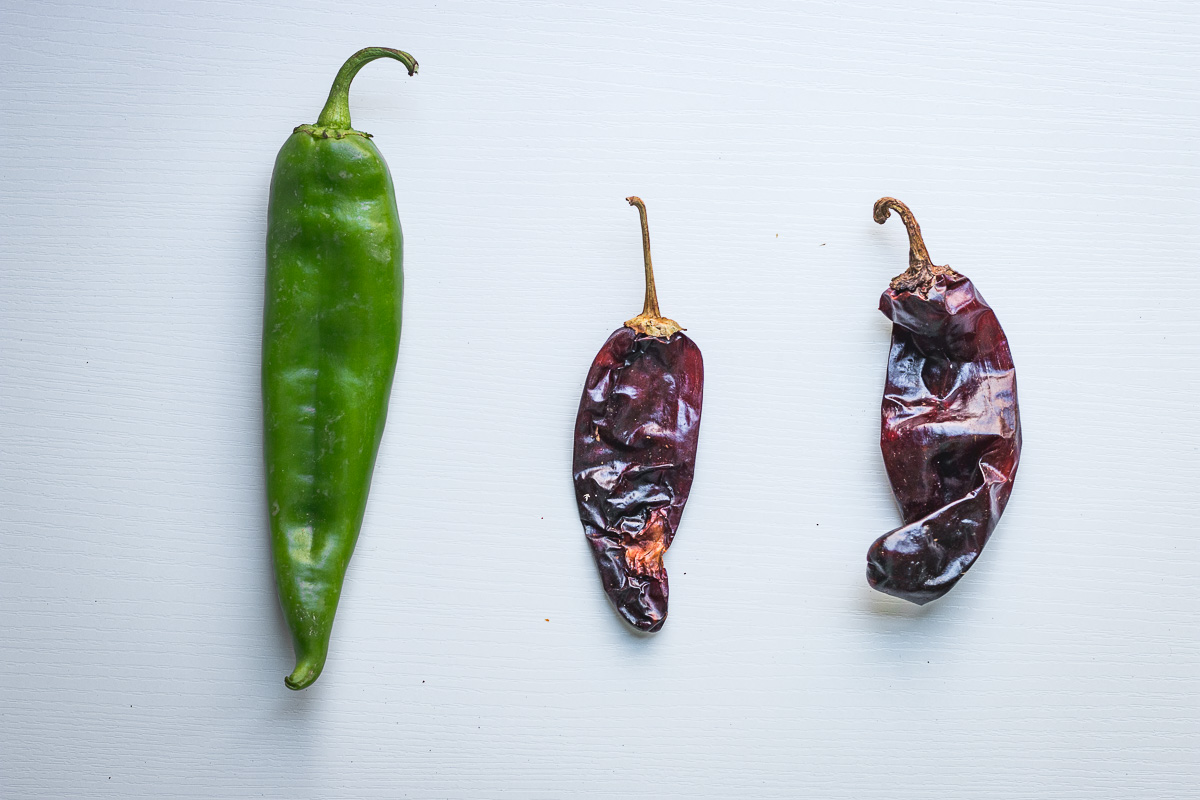
The chile verde or Anaheim pepper is the milder cousin of the New Mexico pepper. When the New Mexico pepper is from Hatch Valley, it is the Hatch pepper.
These are the peppers you’ll find in large rotating barrels over open flames, skins blistering and releasing a heavenly chili aroma that permeates miles. Blend them into mild green salsas or cut them up and add them to anything.
When dried, these peppers are known as the chile colorado (for its red color) or milder chile California. The term chile colorado is also used for the red chile dish you’ll find in restaurants, such as Anita Street Market’s legendary red chile burro.
Heat rating: 500 – 5,000 Scoville units, virtually heatless or sweat-inducing depending on luck of the draw.
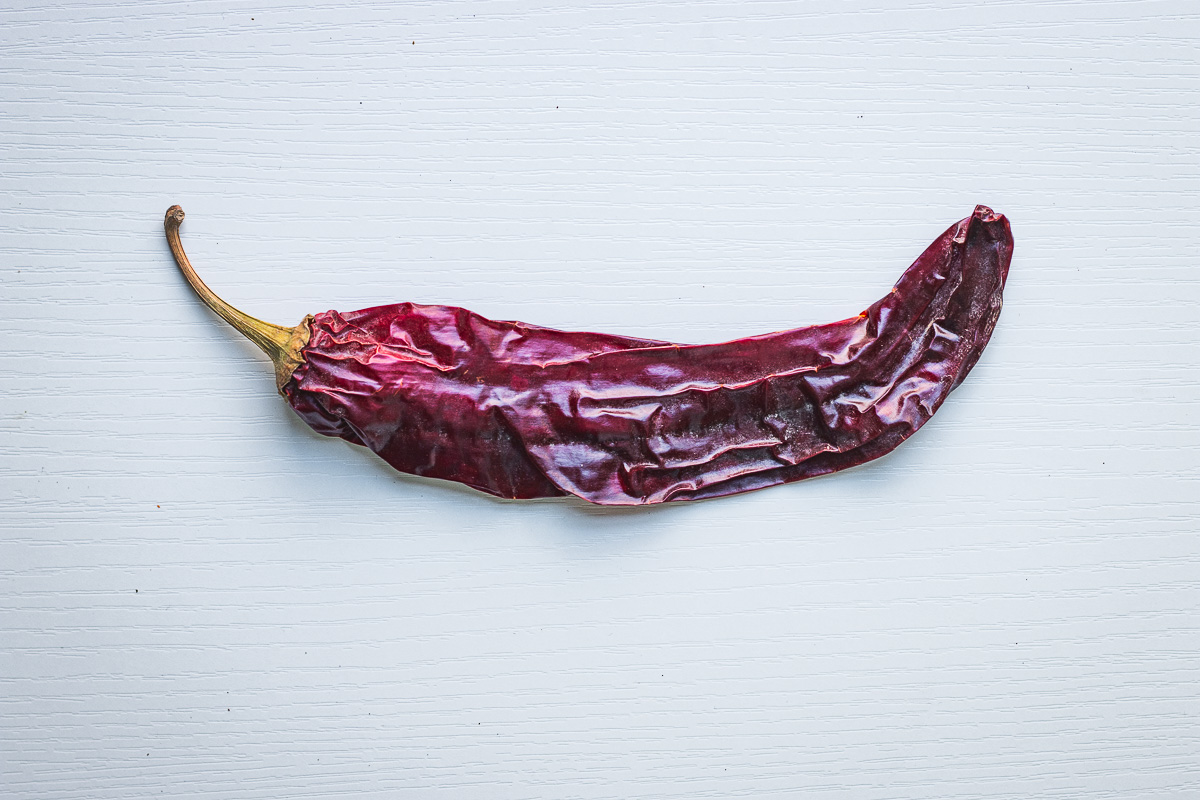
We had no lucking finding fresh mirasol in Tucson, but its dried form, the smooth-skinned guajillo pepper, is easy to find. Use it as a powder or blended into sauces and soups for citrus and pine brightness.
Heat rating: 2,000 – 5,000 Scoville units, pleasant warmth in smaller quantities.
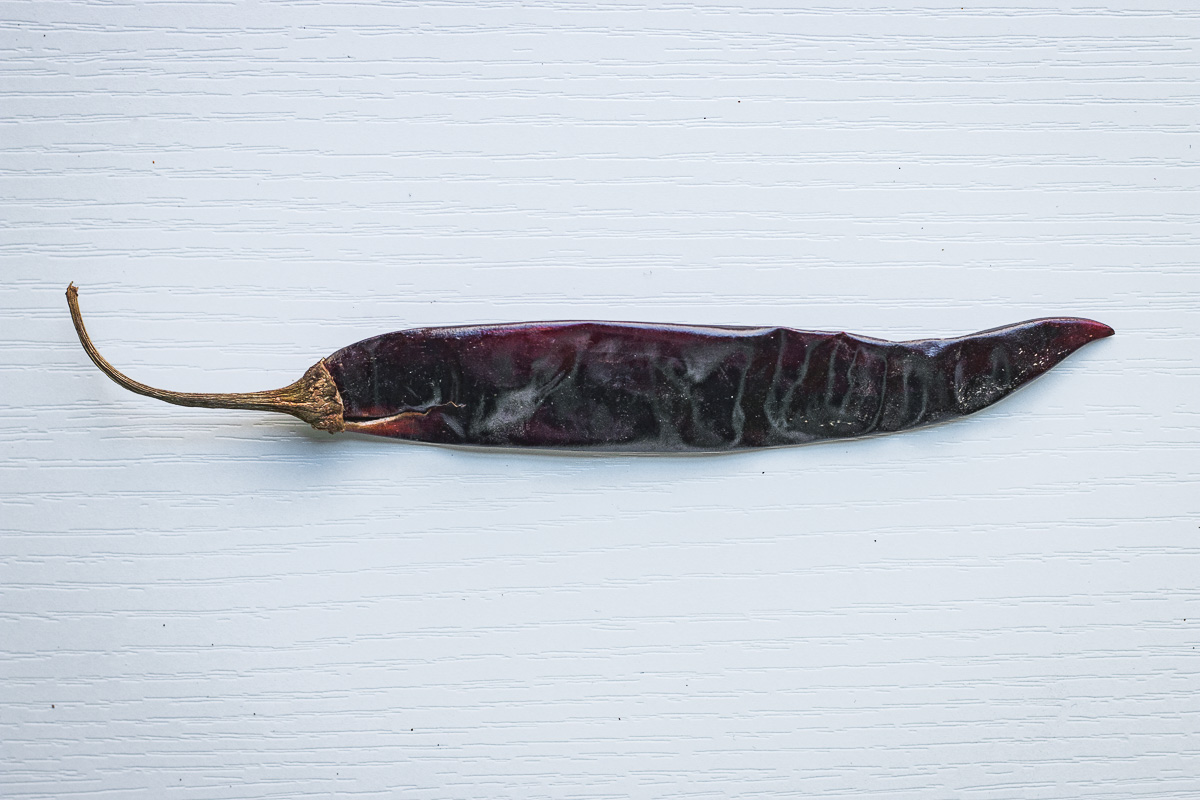
The fruity puya is similar to the guajillo, but fruitier and more intense. Blend it into salsas or add it to broths. Feel free to use it interchangeably with guajillo.
Heat rating: 5,000 – 30,000 Scoville units, tingling to intense, depending on luck of the draw.
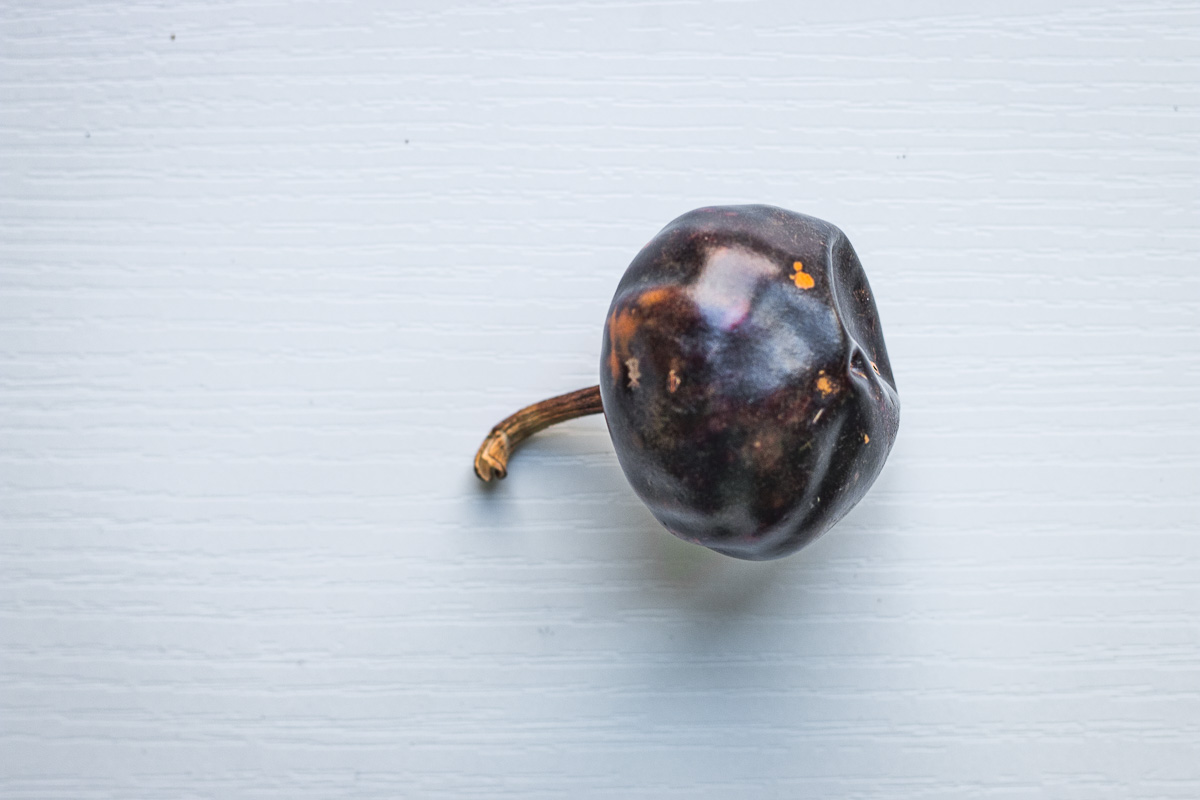
You probably won’t find the fresh bola pepper in Tucson, but you might find the dried rattly cascabel. The flavor is fruity, earthy, and nutty with moderate spice. Roast them, soak them, then blend them with tomatillos and garlic for a phenomenal salsa.
Heat rating: 2,500 – 8,000 Scoville units, glow with sweat.
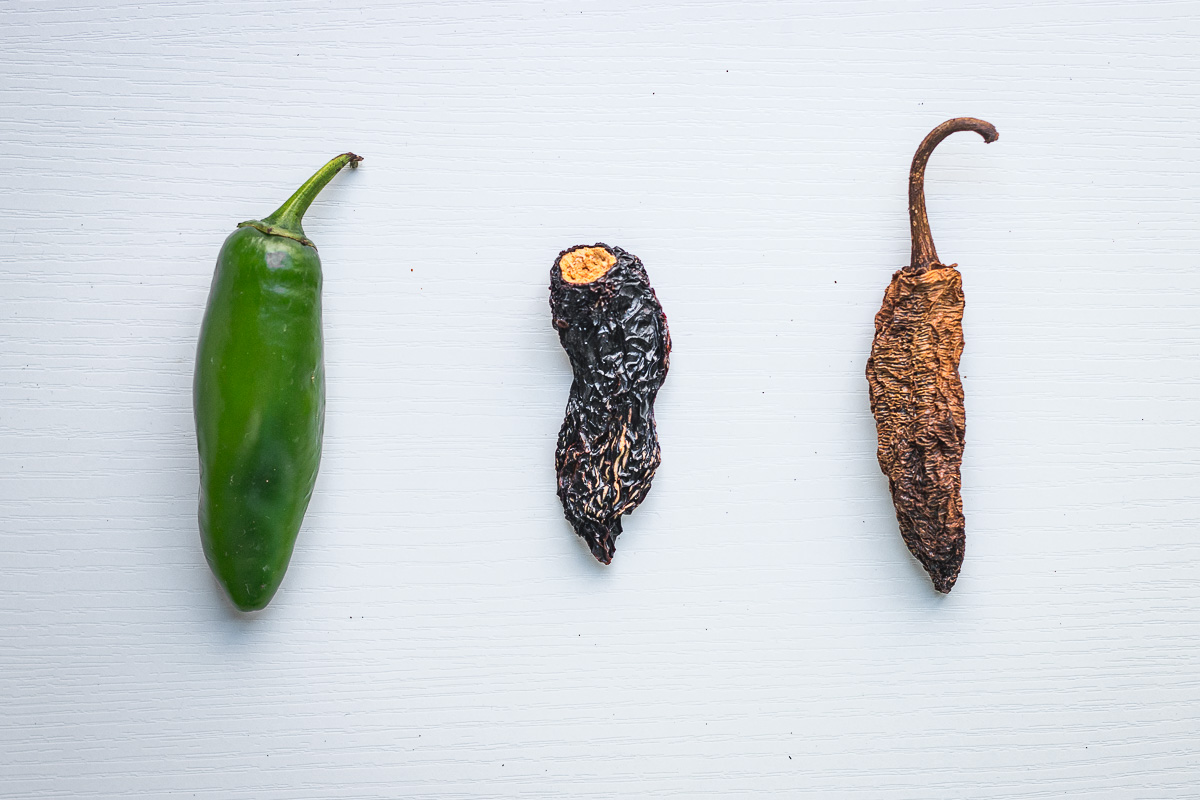
An American workhorse, the fresh green jalapeño needs no introduction. You’ve had them in countless salsas and eaten them whole as poppers. However, be aware that quality varies; mass-produced varieties have less flavor and spice.
Smoke a red ripe jalapeño with pecan or mesquite wood to transform it into the chipotle. The easiest way to find them is canned “en adobo,” swimming in a spiced vinegary tomato sauce. Blend it with mayonnaise for the ubiquitous chipotle mayo or use it for anything else; the sky is the limit.
You can also find it dried as the sweet, hot, still-smoky cranberry-red morita, fantastic for salsas.
Once the jalapeño is on the bush long enough to desiccate, it is harvested and smoked to become the chipotle meco. The leathery pepper looks like a cigar butt, intense with smoke flavor. Rehydrate for use in sauces or ground it into a powder to sprinkle into finished dishes.
Heat rating: 3,500 – 10,000 Scoville units, comforting until it’s tearful.
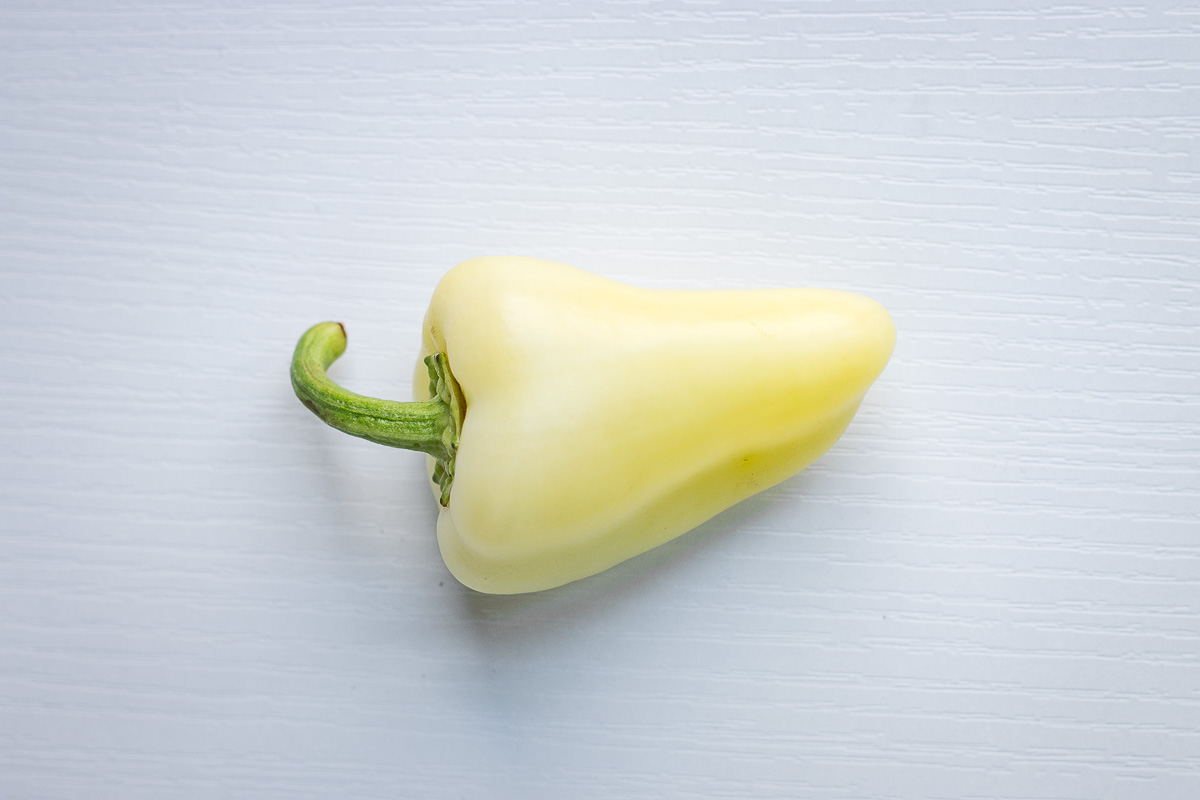
This yellow pepper goes by the name caribe, amarillo, or guero depending on who you ask. The heat level is unpredictable, so be careful.
You should recognize it as the pepper that often comes with a Sonoran hot dog, griddled and sometimes seasoned with lime and soy sauce, or stuffed with cheese and wrapped in bacon.
It also makes a fantastic salsa when blended with lime and salt.
Heat rating: 5,000 – 15,000 Scoville units, mild or madness.
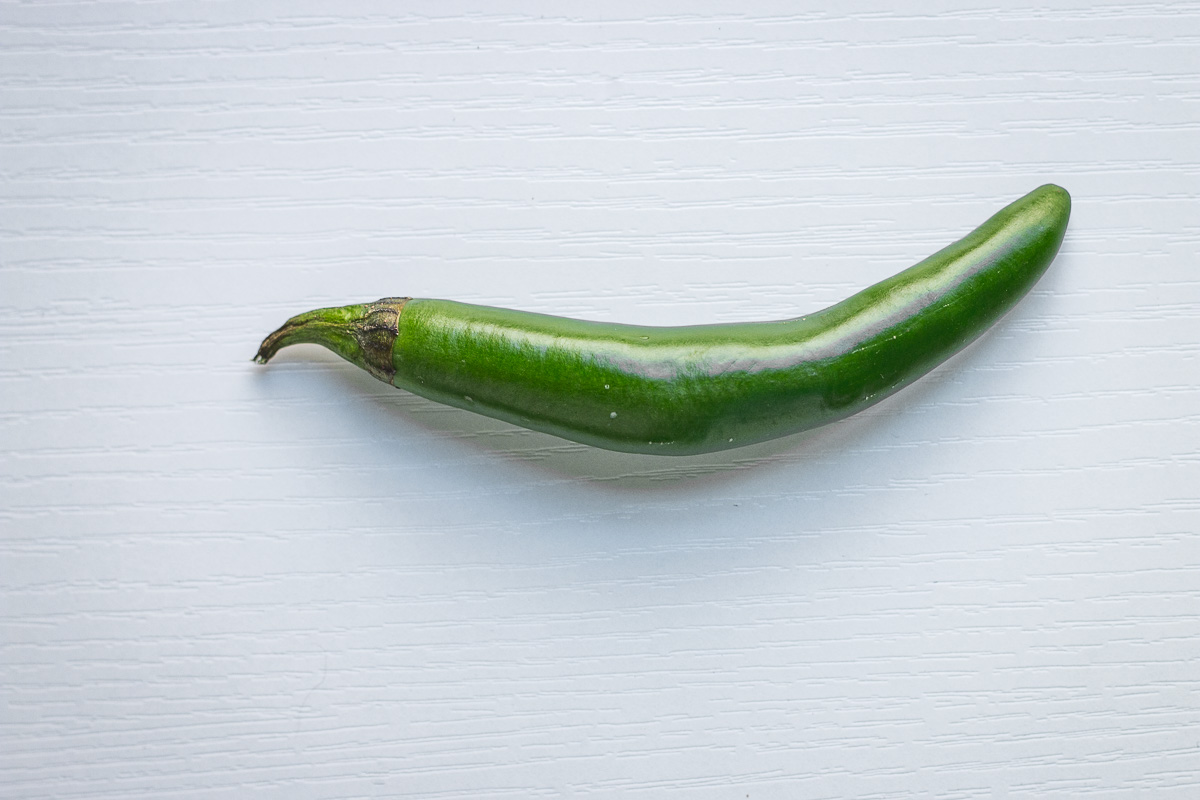
The bullet-shaped serrano has similar characteristics to the jalapeño, but with tighter flesh, a grassier flavor, and more heat. It is most commonly eaten raw and used in pico de gallo.
We haven’t found the dried version (chile seco) in Tucson yet.
Heat rating: 10,000 – 23,000 Scoville units, pleasant in small amounts, but don’t take a bite out of a whole pepper.
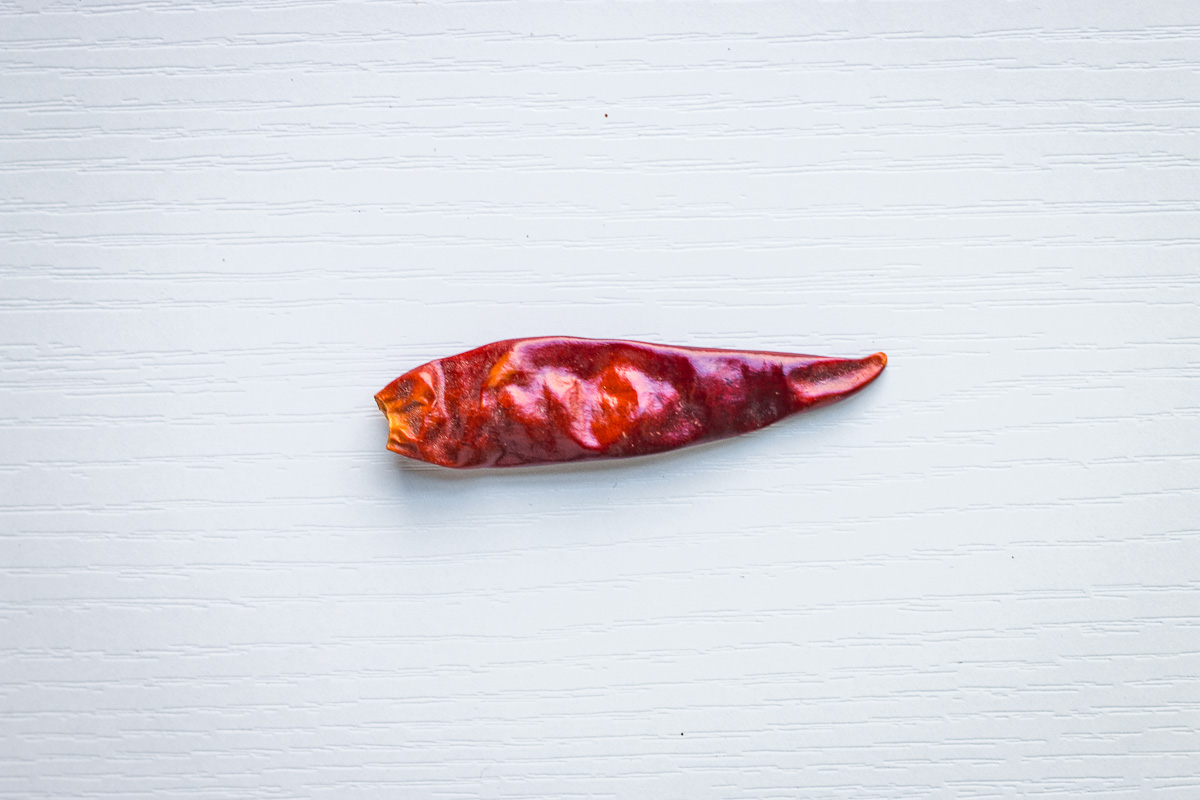
While the chiles japones (also known as the Santaka pepper) resemble the árbol, they pack slightly less of a punch.
They are often packed without stems, making them easier to work with in batches. Toss them whole into a stir fry for the spicy aroma or blend them into a potent salsa.
Heat rating: 15,000 – 30,000 Scoville units, fireworks in your mouth.
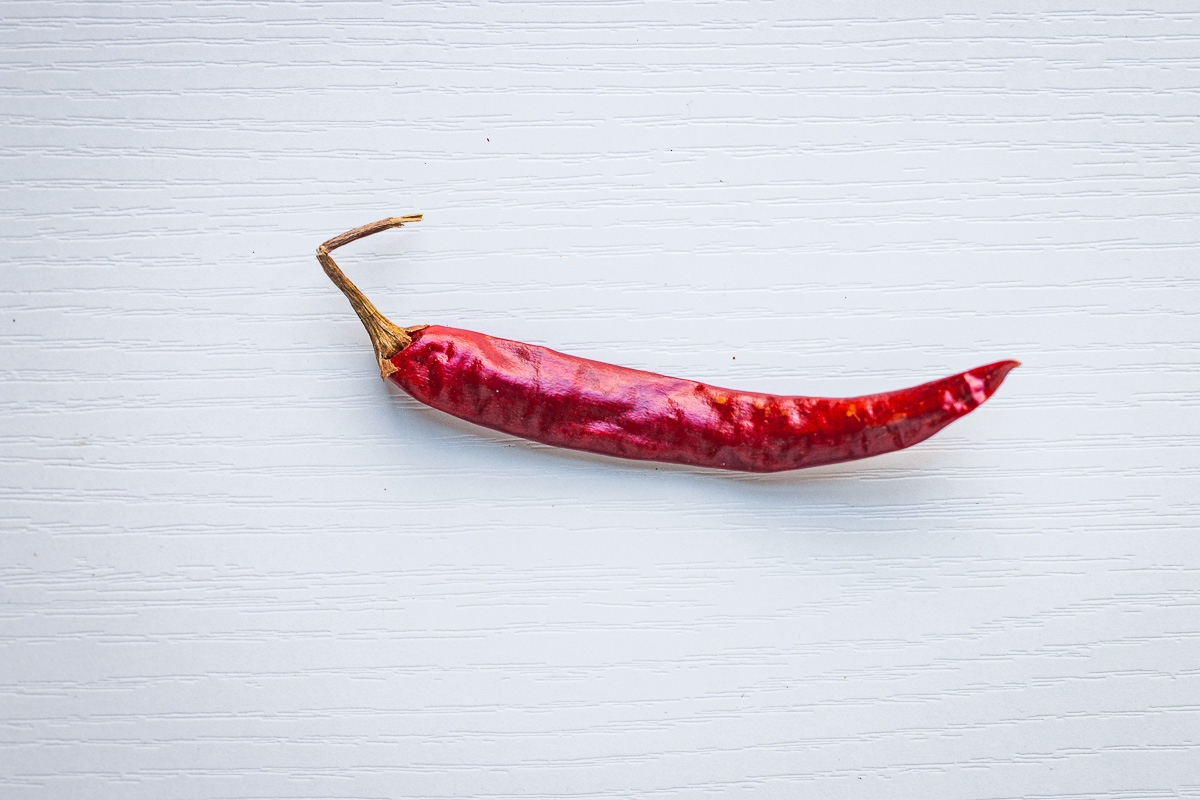
The árbol (both fresh and dried) has a spicy, bright peanut flavor. The small size, vibrant color, and potent heat make it the workhorse of the Mexican kitchen.
If a taco stand red salsa is kicking your mouth, these are likely the culprit. Since the pepper keeps its red color even its dry form, it makes a lovely addition in a bottled vinaigrette at the table or a bottle of spicy vodka on your shelf.
Heat rating: 15,000 – 30,000 Scoville units, fireworks in your mouth.
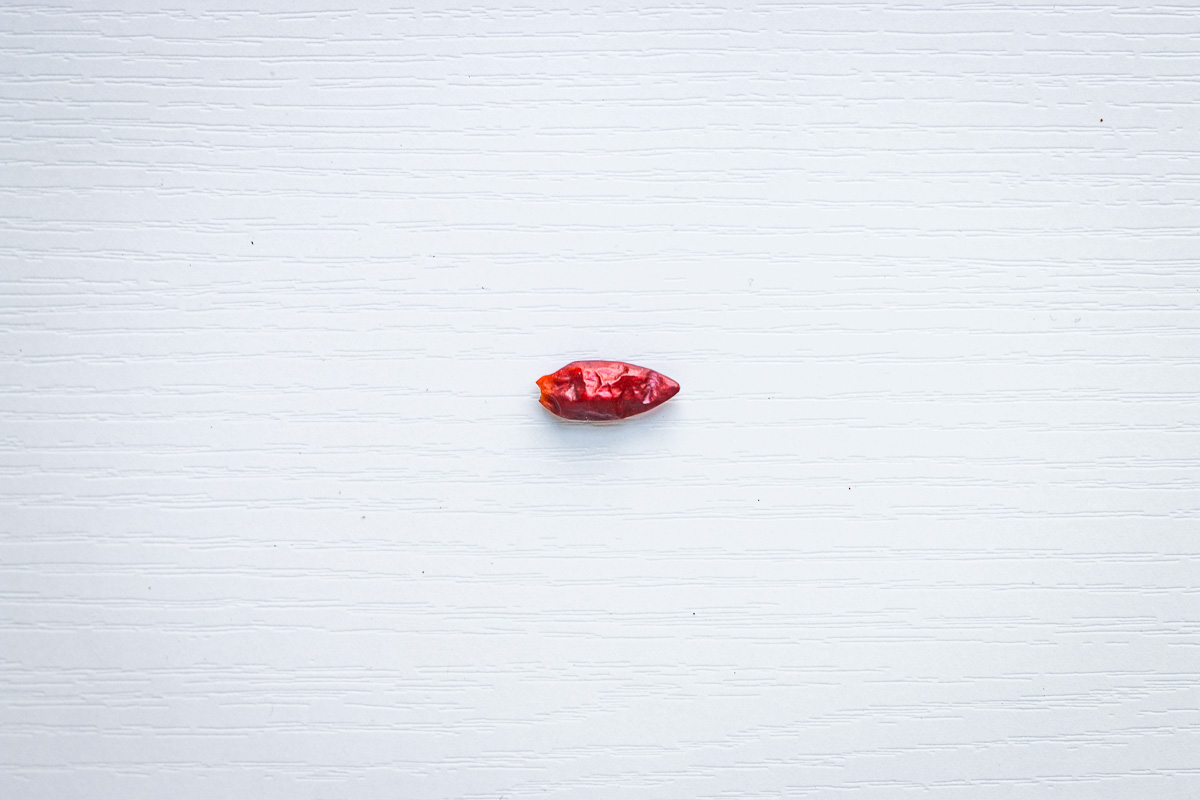
Slightly hotter than the popular cayenne pepper, the pequin or piquin pepper is loved by birds thanks to its tiny size.
Popular hot sauce Cholula mixes árbol and pequin for its distinct fruitiness and heat. In Tucson, the pequin is overshadowed by the more potent chiltepin. However, the pequin burns lasts longer.
Heat rating: 30,000 – 60,000 Scoville units, keep a pint of ice cream on hand.

Found natively in the southwestern US and northern Mexico, the chiltepin is Tucson’s pride and joy.
The fruity and intensely piquant pepper is up front with an explosion of heat, then dissipates quickly.
Use an adorable tiny mortar and pestle to grind it into a powder that works in everything from soups to brownies. You can also crush it in your fingertips, but just don’t do it if you need to remove contact lenses later.
Heat rating: 50,000 – 100,000 Scoville units, a shinryuken in the mouth.
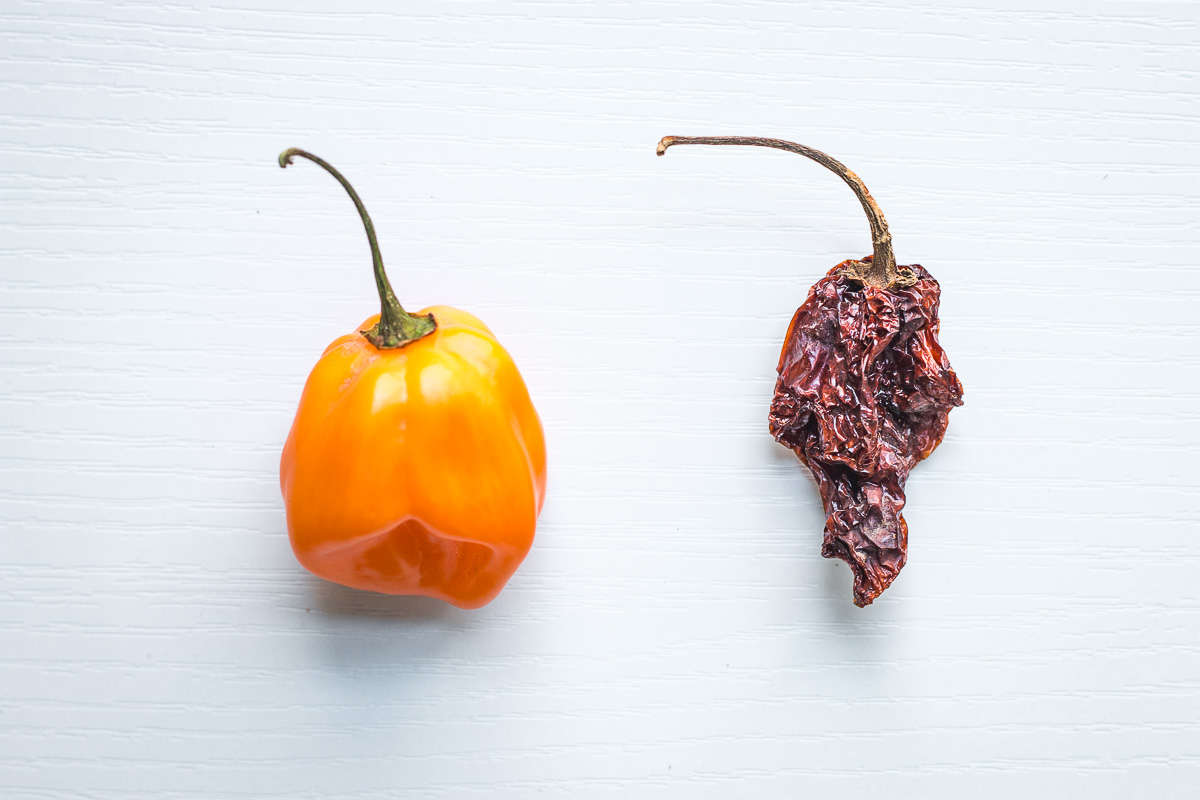
Previously known as the hottest pepper in the world, the habanero also features a citrus and tropical fruit flavor.
A little bit goes a long way in sauces and marinades. It pairs beautifully with tropical dishes, such as pineapple salsas or banana-leaf wrapped cochinita pibil. It’s also fantastic pickled with red onions.
Use the dried version for a smoky broth that will clear your sinuses.
Heat rating: 100,000 – 350,000 Scoville units, you don’t have to prove anything to anyone.
Jackie Tran is a Tucson-based food writer, photographer, culinary educator, and owner-chef of the food truck Tran’s Fats. Although he is best known locally for his work for Tucson Foodie, his work has also appeared in publications such as Bon...